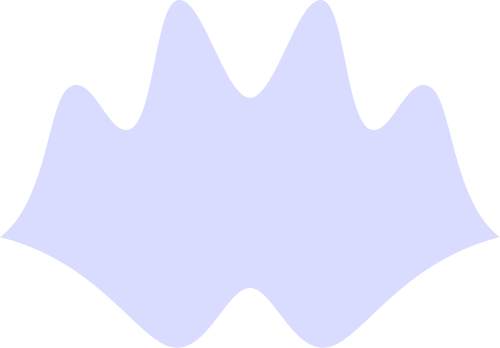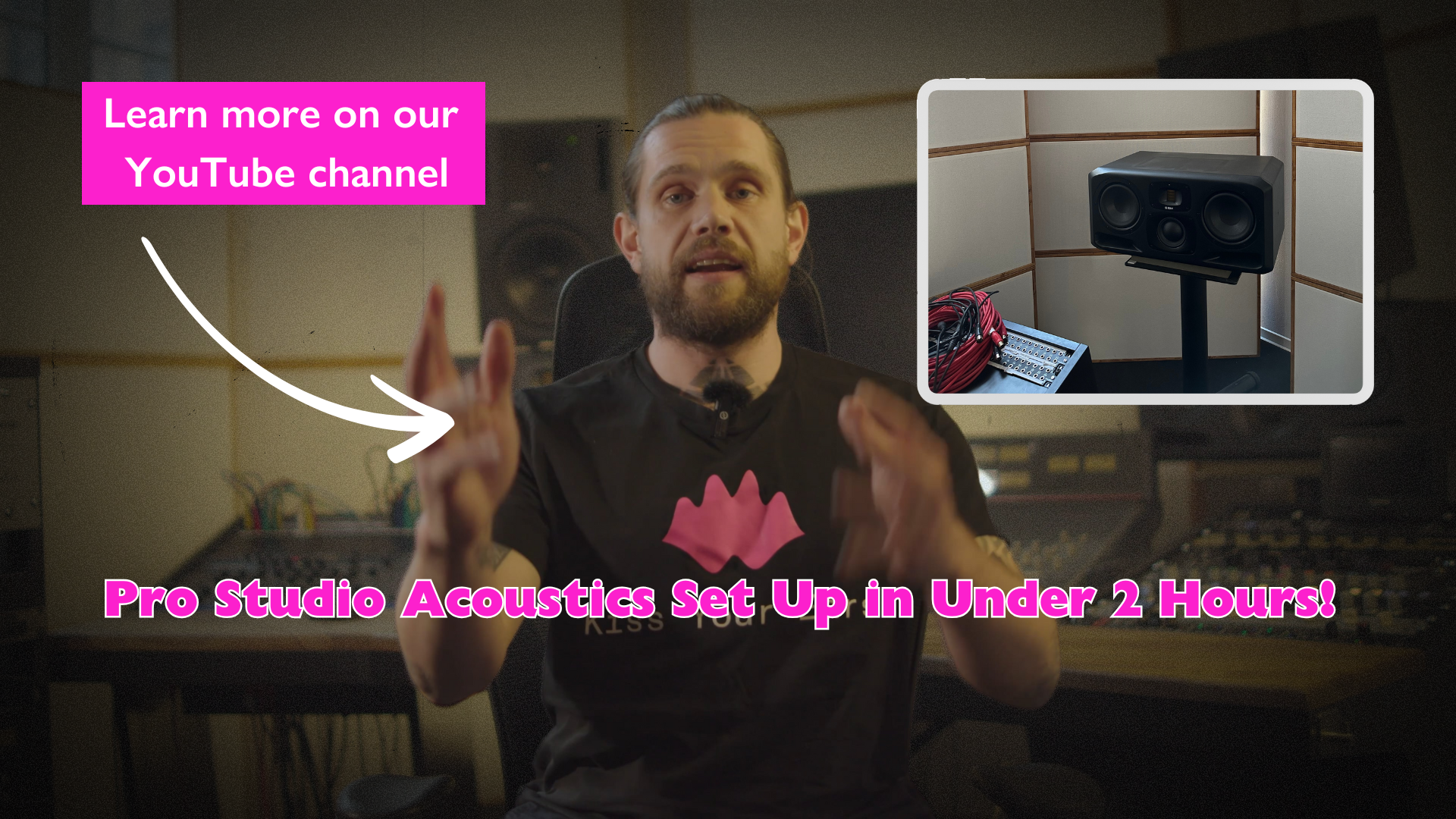The Acoustics of Large vs Small Rooms
Large rooms include spaces with volumes greater than 300m³. Think of big concert halls and performance theatres, whereas smaller club venues and theatres fall into the category of a small room. The acoustics properties of small rooms are different to that of larger rooms and free field environments. When a sound wave propagates from a sound source within a small room, it bounces and reflects from all of the surfaces inside of that space. Depending on the absorption coefficient or specific acoustic impedance of that material, a small part of the sound energy is absorbed and dissipated to heat or transmitted through the material, while a greater majority is reflected back into the air. The effect is an accumulation of energy that is sustained and cycled within the room.
When a cycling wave is reflected from a wall and consequently phase inverted at 180 degrees, following Huygens principle, it can cause amplitude irregularities and cancellations through its constructive and destructive interference with other cycling waves, depending on the proportions of the room’s boundaries. These reflections and cycling waves eventually overlay each other to form what we refer to as a standing wave. Standing waves can cause the decay of some frequencies to be prolonged, even after the emitting source has ceased to sound!
This is especially relevant to small rooms when it comes to bass and low frequency content, since small rooms typically exhibit a sparse distribution of low frequency modes and a very uneven room impulse response in this domain. This is because unlike larger halls or free field environments (the latter meaning outside), low frequencies in small rooms are non diffuse, meaning that their energy does not dissipate naturally below a particular frequency for that room (the schroeder frequency).
What are room modes?
Room modes are simply the inherent standing waves in any structure, determined by its dimensions and shape. There are 3 different ways in which standing waves can occur, they are known as the Axial, Tangential and Oblique modes of a room.

For a standard quadratic shaped room, the modal distribution can be deduced from its proportions using Lord Rayleigh’s familiar equation:

Where is the speed of sound in air, are the dimensions of the room and are the mode orders (axial, tangential and oblique). Resonances for room modes in small rooms can reach Q factors as high as 20, the effect of which is clearly audible to the human ear. In order to understand how a room’s modes are actually distributed and by which means, we need to perform measurements of its transfer function using an acoustics software.
Unfortunately, modelling the acoustic characteristics of non rectangular shaped rooms becomes a very difficult process requiring advanced mathematical algorithms using the finite element method. However, the measurement procedure and method is generally the same for both regular and irregular shaped rooms.
Do larger rooms have modes too?
In a larger room, the wavelengths of low frequencies have the chance to fully elongate and dissipate their energy. However, there may still be an accumulation of infrasonic modal content, though we typically tend to ignore anything under 20Hz as most playback systems are incapable of reproducing these frequencies, limiting our problematic wavelengths to 17.15m, and even multiples thereof.
How are room modes different from reverb?
Standing waves and room modes make up a part of the reverberant field, but reverb is a broader term that also handles higher frequency content. Reverb is essentially the accumulation of all the different types of sound energy reflected within the room across the frequency spectrum. It may be defined as the time it takes for an initial impulse to decay by 60dB, though for small rooms it may not always be possible to measure 60dB of decay, which is why T30 or T20 are given as alternatives. Contrary to small rooms, larger rooms exhibit typically shorter reverberation times for low frequencies, and longer decays for higher frequencies. The reverb time is usually given in octave bands when it is measured.
What are the different purposes of big/ small room acoustics?
It’s important to understand that for acoustic application and treatment, big and small rooms have different purposes when it comes to music and audio production. Unlike in a studio, a larger room or concert hall would primarily be concerned with trying to create as large a uniform listening area over the audience as possible. One common difference is that this usually occurs in a mono format, whereas in a studio or listening room, the playback system is usually in a multichannel format. Furthermore, larger rooms regularly accommodate live recording performances whereby microphone techniques and precautions need to be addressed that are specific to the acoustic environment. For example, it may be necessary to consider microphone placement as a means to obtaining a “flat frequency response” (FYI there is no such acoustic frequency response) by avoiding pressure build up areas, or minimising feedback with respect to monitoring fields. Similarly for smaller studios and listening rooms, we strive to achieve a flat response in our monitoring and listening positions through the placement of each within the room.
Treatment techniques
Due to the fact that we use big and small rooms differently, and that they have their own unique acoustic characteristics, the treatment procedure for each is not always the same, which is why you will see a use of different methods in each environment.






